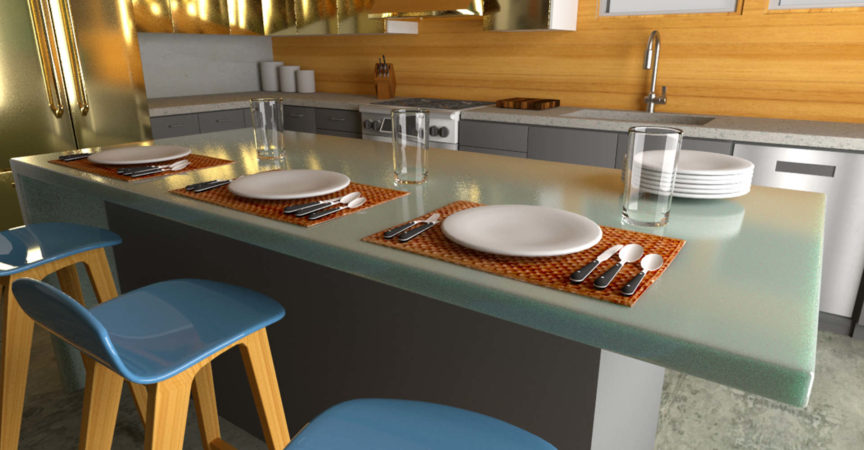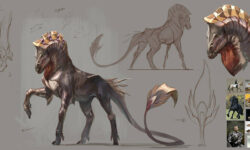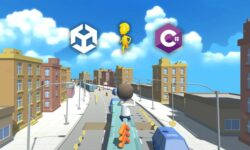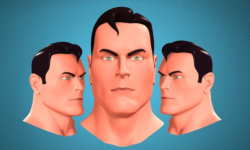Rendering Engines for Product and Industrial Visualization
Release date:2019, January 25
Duration:03 h 50 m
Author:Zaheer Mukhtar
Skill level:Beginner
Language:English
Exercise files:Yes
Choose the best rendering engine for your product and industrial visualization jobs. This course is focused on introducing and comparing the most popular rendering engines—Unreal, Unity, V-Ray, Arnold, and Redshift—and quick renderers such as KeyShot and Marmoset Toolbag. Instructor Zaheer Mukhtar explains the difference between real-time and offline renderers, and the advantages and ideal uses of each rendering engine. Discover how to leverage each application’s unique tools and workflow for lighting, texturing with materials, camera animation, and post-processing effects. Plus, learn why you might use KeyShot and Marmoset Toolbag for quick clean renders, such as previewing your project or presenting a low-poly 3D model to a client.
Topics include:
Exporting and importing in Unreal Engine
Adding lights and post-processing effects in Unreal
Creating fog and PBR materials
Exporting and importing in Unity 3D
Lightings, cameras, and post-processing in Unity
Lighting and materials in V-Ray
Working with the Arnold renderer
Lighting and materials in Redshift
Quick rendering with KeyShot and Marmoset Toolbag





 Channel
Channel





